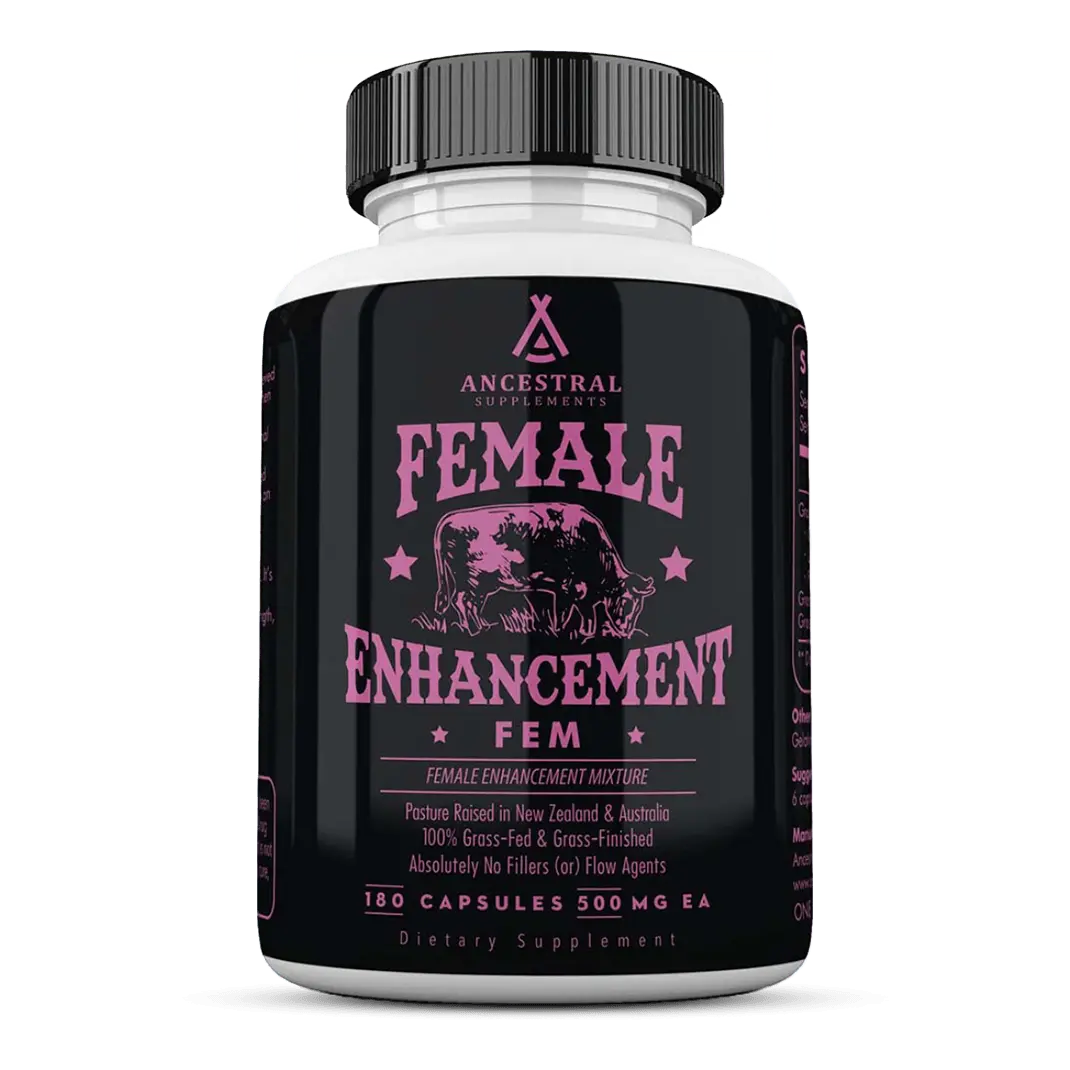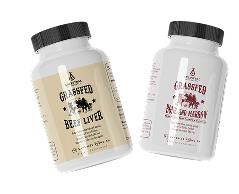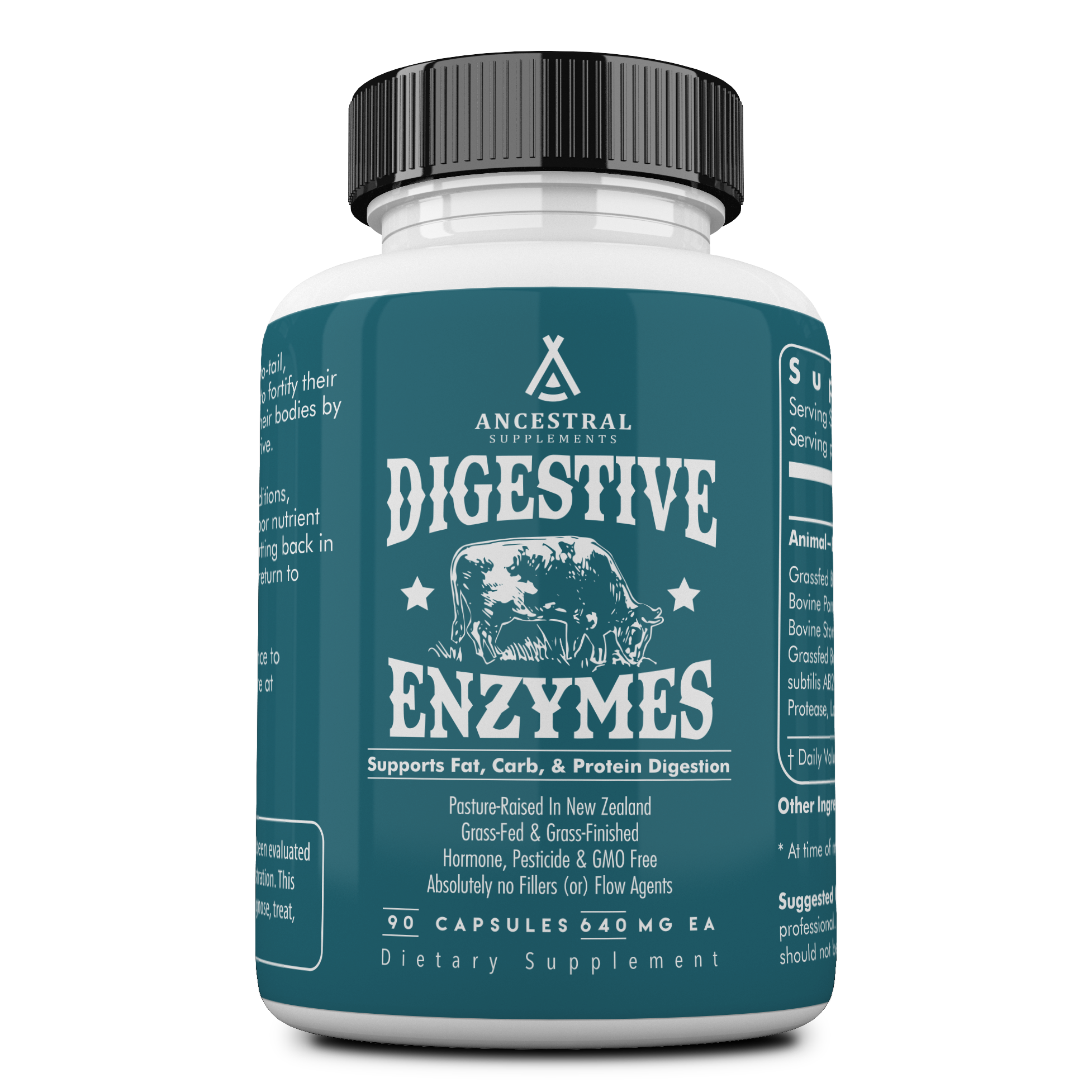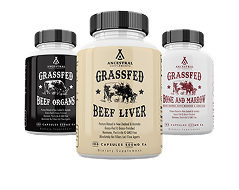Why We Need to Rethink the Anti-Red Meat Movement

For decades, red meat has been villainized in health circles, blamed for everything from heart disease to cancer. But what does the science actually say? When we look beyond sensational headlines and examine the research more carefully, a more nuanced picture emerges—one that challenges many widely held beliefs about red meat consumption.
The Origins of Anti-Red Meat Sentiment
The campaign against red meat largely stems from observational studies conducted over the past several decades. These studies found correlations between red meat consumption and various health issues. However, correlation doesn't equal causation, and many of these studies failed to account for crucial confounding variables.
The most influential was the Seven Countries Study, which linked saturated fat intake to heart disease. (1) However, this study cherry-picked data and ignored countries that didn't fit the hypothesis. When all available data is considered, the relationship between saturated fat and heart disease becomes much less clear.
What the Research Really Shows
Cardiovascular Health
Recent meta-analyses have found that the link between red meat and heart disease is far weaker than previously claimed. A 2019 systematic review in the Annals of Internal Medicine found that reducing red meat consumption had minimal impact on cardiovascular outcomes. The researchers noted that the quality of evidence was low to very low for most outcomes. (2, 3)
Many studies lumping red meat with processed meats like hot dogs and deli meats have skewed results. Fresh, unprocessed red meat behaves very differently in the body than heavily processed alternatives loaded with nitrates, excess sodium, and preservatives.
Cancer Risk
The World Health Organization's classification of red meat as a "probable carcinogen" created widespread alarm, but this classification is often misunderstood. (4, 5) The absolute risk increase is minimal—roughly equivalent to the cancer risk from working the night shift or drinking very hot beverages. (6)
Furthermore, cooking methods matter enormously. Grilling at high temperatures and charring meat creates harmful compounds, while gentler cooking methods do not. (7) The quality and source of the meat also play crucial roles that most studies fail to consider.
Nutritional Density
Red meat is one of the most nutrient-dense foods available, providing:
-
Complete protein with all essential amino acids in optimal ratios
-
Heme iron, the most bioavailable form of iron
-
Vitamin B12, found almost exclusively in animal products
-
Zinc, crucial for immune function and wound healing
-
Creatine, important for brain and muscle function
-
Carnosine, a powerful antioxidant
Many nutrients found in red meat are difficult or impossible to obtain from plant sources in adequate amounts.
Not All Red Meat is Created Equal
One of the biggest flaws in anti-red meat research is treating all red meat as identical. The nutritional profile and health effects of grass-fed beef differ dramatically from grain-fed, factory-farmed alternatives.
Grass-Fed vs. Grain-Fed
Grass-fed beef contains (8, 9):
-
Higher levels of omega-3 fatty acids
-
More conjugated linoleic acid (CLA)
-
Higher concentrations of antioxidants like vitamin E
-
Better omega-6 to omega-3 ratios
The Importance of Organ Meats
Our ancestors prized organ meats above muscle meat, and for good reason. Organs are nutritional powerhouses that dwarf even the most nutrient-dense vegetables:
Liver contains more vitamin A than carrots, more folate than spinach, and more iron than any plant source. It's also rich in CoQ10, which supports heart health.
Heart is an excellent source of CoQ10 and contains high levels of taurine, an amino acid that supports cardiovascular function.
Kidney provides exceptional amounts of B vitamins and is one of the richest sources of selenium.
The Bottom Line
The evidence against red meat consumption is far weaker than commonly believed. When we consider:
-
The limitations of observational studies
-
The importance of meat quality and source
-
The nutritional density of red meat
-
The problems with confounding variables
A more balanced view emerges. High-quality red meat, consumed as part of a nutrient-dense diet rich in whole foods, can be part of a healthy eating pattern.
Rediscovering Nose-to-Tail Nutrition
Our ancestors understood what modern science is rediscovering: organ meats are nutritional treasures. While muscle meat is certainly nutritious, organs provide concentrated nutrition that's hard to match with any other food source.
For those looking to incorporate these forgotten superfoods into their diet, grass-fed beef organs offer an excellent starting point. Sourced from pasture-raised cattle, these organs provide the same exceptional nutrition our ancestors valued, free from the hormones, antibiotics, and poor fatty acid profiles found in conventional meat products.
Whether consumed fresh or in convenient supplement form, grass-fed beef organs can help bridge the nutritional gaps in modern diets, providing the micronutrients our bodies evolved to thrive on.
The key isn't avoiding red meat—it's choosing the highest quality sources and consuming them as part of a balanced, whole-foods approach to nutrition.
















